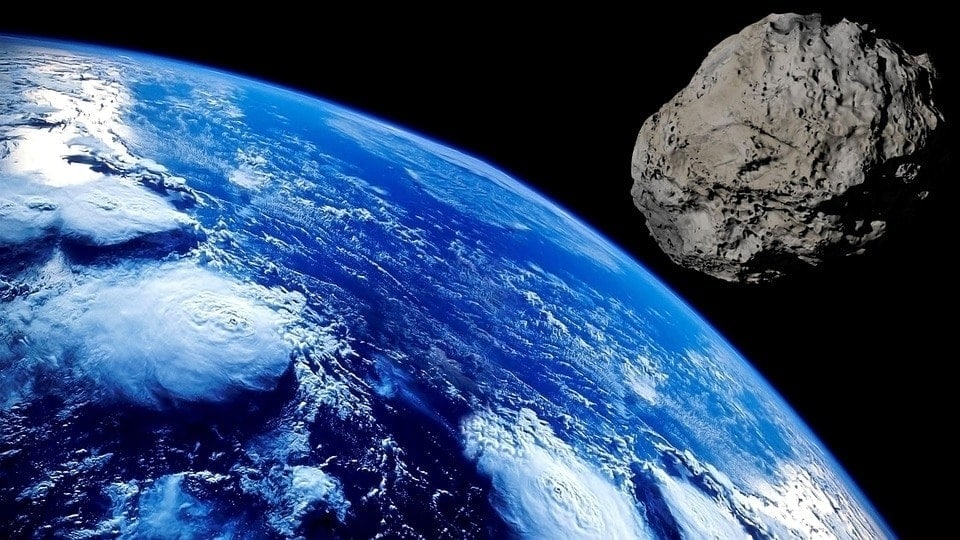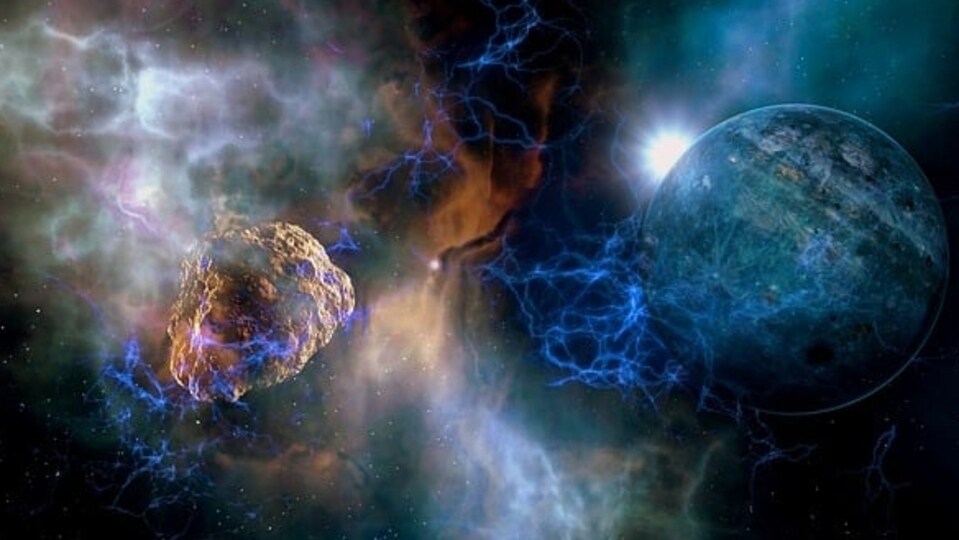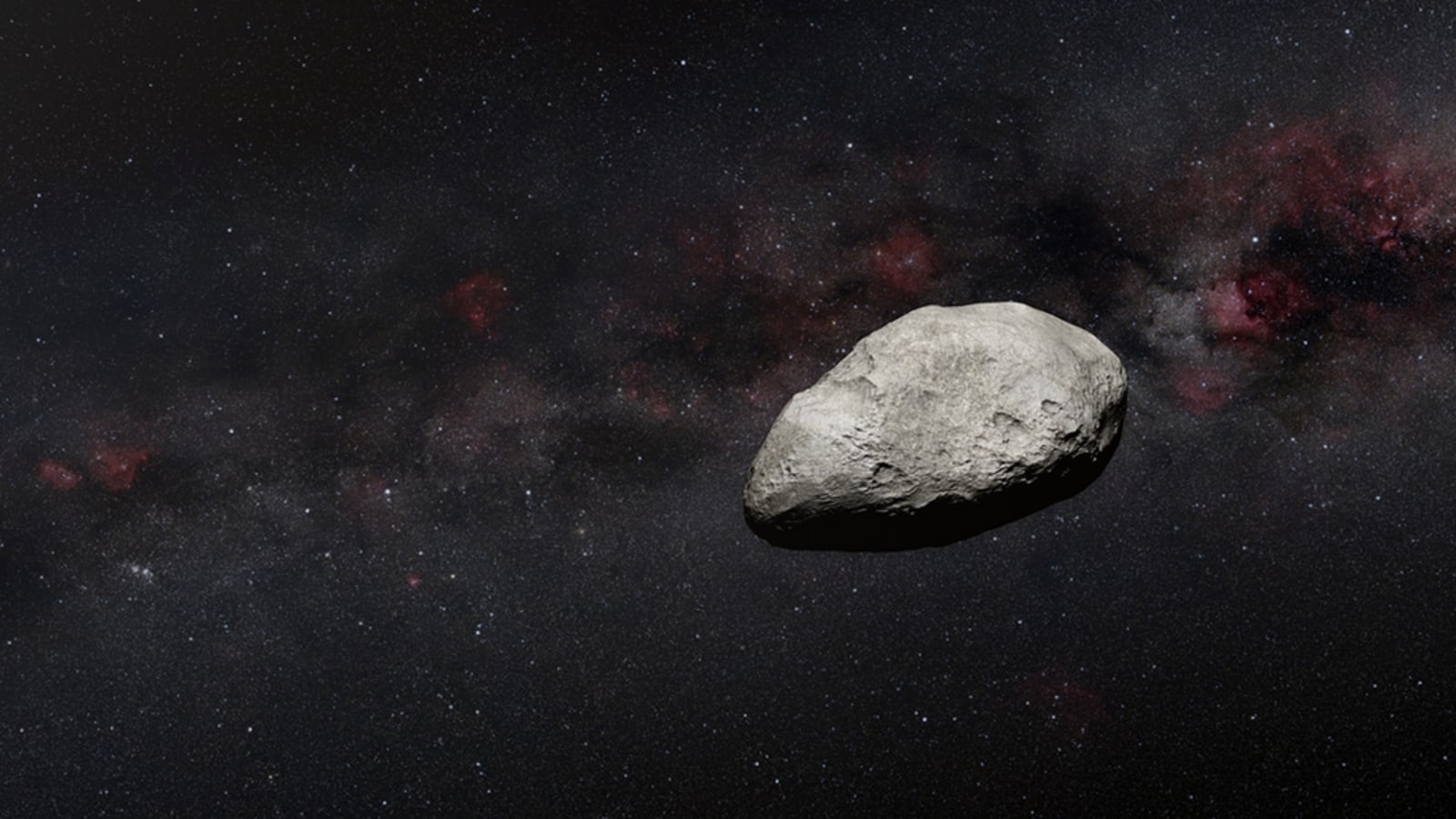Space Terror! NASA warns of MONSTROUS 590-foot asteroid bolting towards Earth
NASA has warned that a huge 590-foot wide asteroid will be coming dangerously close to the Earth on March 14. Know the danger.






 View all Images
View all ImagesYesterday, March 10, it was revealed that NASA is tracking an asteroid named 2023 DW which has a 1-in-600 chance of striking the Earth. However, that threat is still quite a bit far as the close approach is expected to take place in 2046. However, the bigger and more immediate risk comes from another 590-foot wide asteroid called 2023 CM that is dashing towards our planet and will make its closest approach on March 14. This is particularly concerning because if the space rock were to strike the Earth, it could potentially cause widespread destruction including flattening any structure in its range, triggering earthquakes, tectonic shifts, tsunamis, volcanic eruptions, and even forest fires. Check details.
Monstrous asteroid to approach the Earth
NASA Center for Near Earth Object Studies (CNEOS) recently added 2023 CM to its database, revealing important information about the asteroid. The asteroid, first observed on February 2 of this year, is traveling at an astonishing speed of 50472 kilometers per hour, much faster than the typical range of 25,000-40,000 kilometers per hour for most asteroids. Adding to the threat of its speed is its size. The 590-foot wide asteroid is as large as a sky-scraper and it can decimate hundreds of kilometers of land upon impact. Given its size and velocity, 2023 CM could potentially cause significant damage if it collides with Earth.
Further, astronomers have classified 2023 CM as a potentially hazardous asteroid since it meets two criteria set by NASA: it comes closer than 7.4 million kilometers to Earth and is large enough to pose a significant threat to the planet. This classification raises concern among astronomers.
However, early predictions highlight that the asteroid will come as close as 3.9 million kilometers to the Earth and will make a safe passage across the planet without harming us. But last moment deflections do take place, and if it were to happen, we would be facing its wrath.
Know the tech NASA leverages to track asteroids
While multiple ground-based and satellite telescopes observe the asteroids, it is not possible to manually assess over 20,000 NEOs for a risk of strike. That's why JPL uses a system called Horizons. It is an online solar system data and ephemeris computation service that provides a highly accurate analysis and prediction models for not only NEOs but also 1,239,706 asteroids, 3,829 comets, 211 planetary satellites, 8 planets, the Sun, L1, L2, select spacecraft, and solar system's barycenter.
Catch all the Latest Tech News, Mobile News, Laptop News, Gaming news, Wearables News , How To News, also keep up with us on Whatsapp channel,Twitter, Facebook, Google News, and Instagram. For our latest videos, subscribe to our YouTube channel.





























